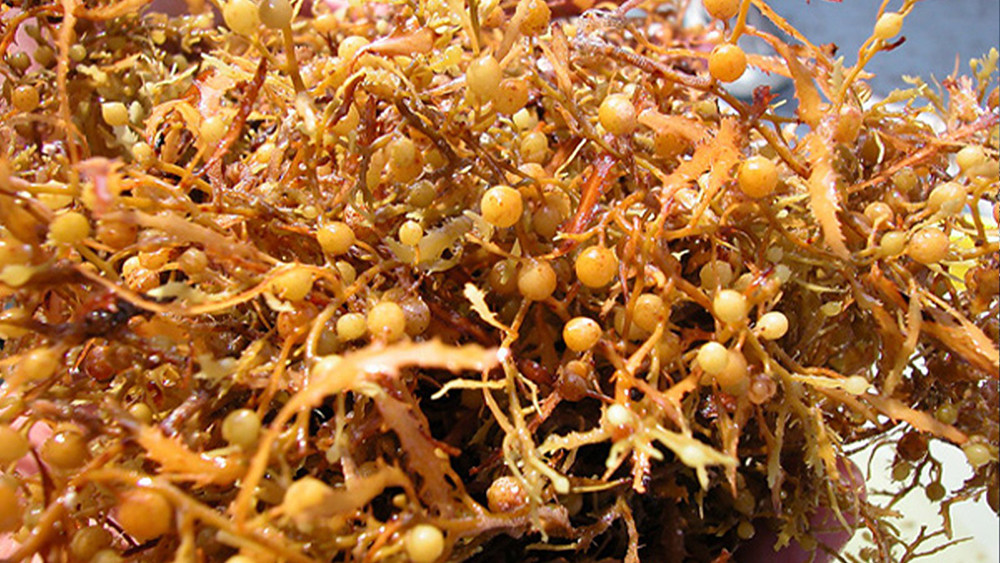GCOOS, SECOORA and CARICOOS are teaming up with the University of South Florida’s Dr. Chuanmin Hu and colleagues to develop models that can support response and mitigation for sargassum inundation events in the Southeast Atlantic and Gulf of Mexico.
Sargassum is a brown macroalgae that floats on the ocean’s surface and provides important habitat for animals like sea turtle hatchlings and fish. Large blooms, however, can create problems for coastal communities when it washes into boating channels and onto local beaches, where it can decay and produce hydrogen sulfide gas, which can cause breathing difficulties in humans.
While sargassum is more prevalent in the Caribbean, there has been growing interest in developing resources to aid coastal managers in the Gulf and Southeast Atlantic in monitoring and responding to sargassum inundation.
Rather than developing a new public reporting tool, GCOOS, SECOORA and CARICOOS are working with the Marine Macroalgae Research Lab at Florida International University. The FIU team, coordinated by Lowell Iporac, hosts the Sargassum Watch Epicollect 5 Citizen science project, where citizens can report sargassum landings in Florida and the Caribbean.
The effort is part of a greater international collaboration to study sargassum in the Atlantic Caribbean Region.
Dr. Emily Smail, Executive Director of GEO Blue Planet Initiative and Senior Faculty Specialist at the University of Maryland Earth System Science Interdisciplinary Center, has compiled a list of activities designed to help develop better forecasting and understanding of the ecological and societal impacts of sargassum events. She organized activities into five categories:
- Monitoring and Forecasting, which includes the Experimental Weekly Sargassum Inundation Risk model and Sargassum Tracker;
- Research focused on a suite of issues including societal impacts in the Caribbean, chemical contaminants in sargassum mats, assessment of the habitat value of sargassum to fisheries, relation of sargassum to hypoxia and acidification, and development of an Environmental Sensitivity Index to prioritize response and mitigation efforts in sensitive areas;
- Response Coordination aimed at preparedness and disaster response across multiple organizations and programs including the National Ocean Service/National Centers for Coastal Ocean Science (NOS/NCCOS) Interagency Working Group on Harmful Algal Bloom and Hypoxia Research and Control, HAB Event Response Program and Southeast and Caribbean Regional Team activities;
- International Collaboration through working groups of the Caribbean Environment Program/Cartagena Convention, Intergovernmental Oceanographic Commission (IOC)/ IOC Sub-Commission for the Caribbean and Adjacent Regions (IOCARIBE), and the Group on Earth Observations (GEO) Blue Planet Initiative, the latter responsible for development of the Sargassum Information Hub; and
- Public Communication that includes developing guidance on ways to minimize impacts, identify potential uses of sargassum, and establishing mechanisms to respond to public inquiries.
If you are aware of other work aimed at improved monitoring, forecasting and mitigation of Sargassum events, please email GCOOS Outreach and Education Manager Dr. Chris Simoniello.














